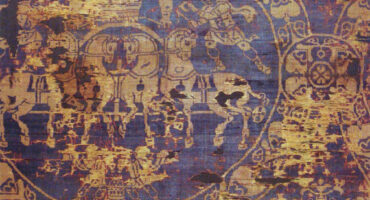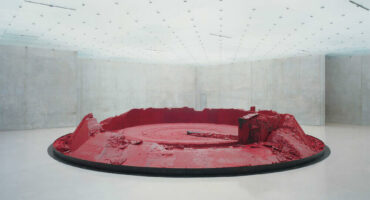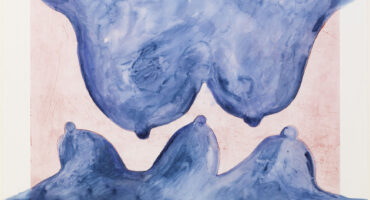- Home
- Itinerant Trails
- Colour Series Part II: Green
Colour Series Part II: Green
Colour Series Part II: Green

The English word for green comes from the ancient Proto-Indo-European word ghre, meaning "grow". Representative of the natural world due to it being the colour of chlorophyll, the pigment found in plants, it has become a symbol of environmentalism. Artists from ancient times onwards have had to work out ways to create the hue in order to reproduce elements from the natural world, as a secondary colour made by mixing yellow and blue.
The copper mineral, malachite, one of the oldest pigments, has been found in Egyptian tombs dating back to the 4th Dynasty. The god Osiris, associated with fertility, death and the afterlife, was depicted with green skin, infusing the colour with notions of rebirth and regeneration. Green also held a strong association with plants, which just like Osiris, could come back to life after death. The colour was named ‘wadj’ meaning ‘flourish’, and was symbolised by the stalk of the papyrus plant in hieroglyphs. This symbol appeared on amulets placed upon the deceased to ensure eternal youth in the afterlife.
The Magazine
Recent Posts
-

Cultural Diplomacy and Artistic Dialogues: Exploring ‘Beneath the Gaze of the Palms’
Cultural Diplomacy and Artistic Dialogues: Expl... -

The Time is Now: How Artists Respond to the Idea of Time
... -

Cultural Crossroads: Stories of Exchange
... -
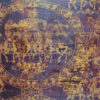
Colour Series Part IV: Purple
... -
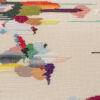
On Embroidery & Motherhood with Iliodora Margellos
...

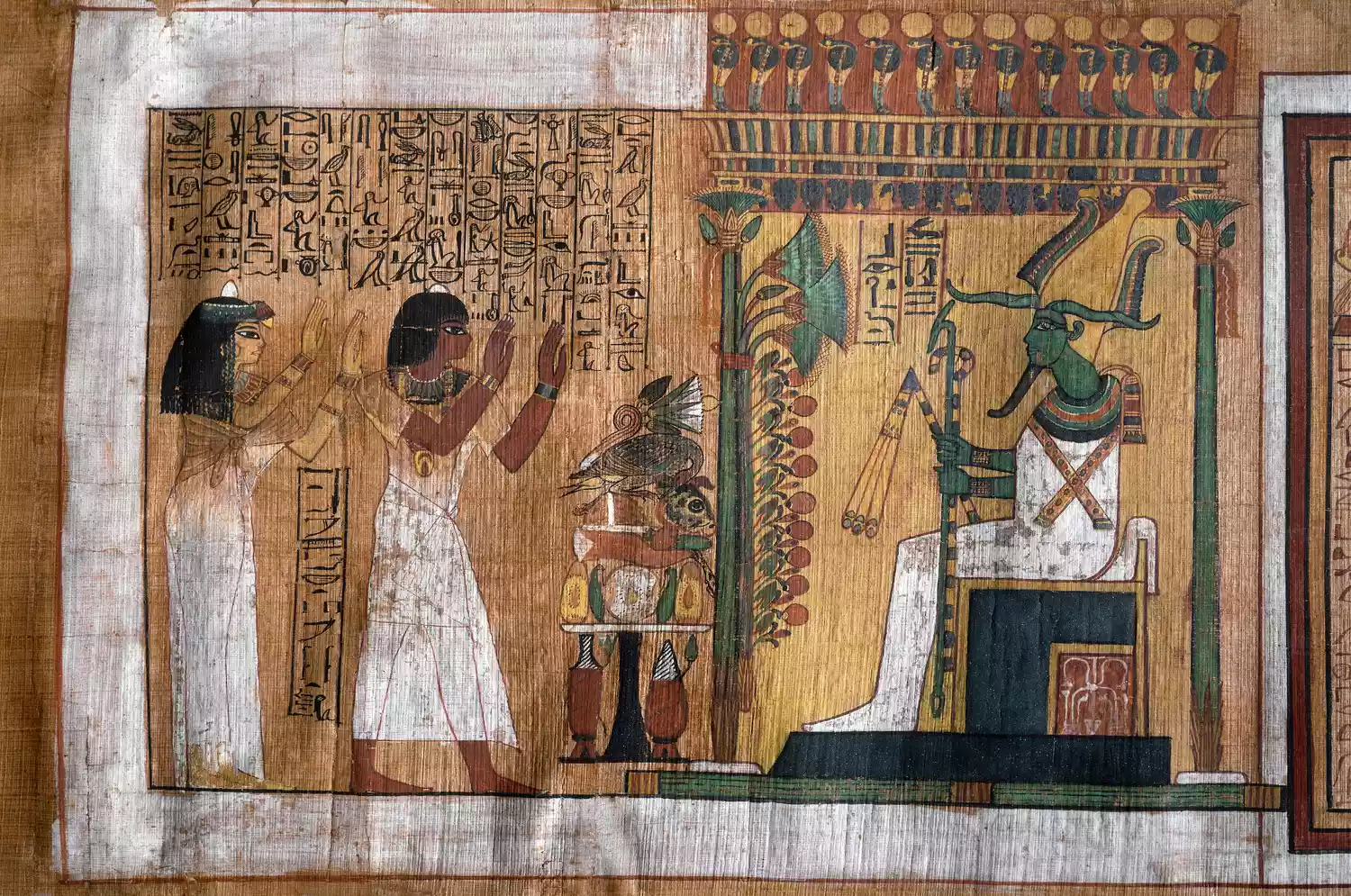
Jade was also thought to provide protection to the dead as well as for other rituals in Neolithic China (5000-1700 BC), due to the belief it held indestructible qualities. It is a typically pale green gemstone but can vary considerably in hue, and was used to make objects such as pendants, beads, and chisels during this era. In Mayan culture, jade was used to ensure a successful harvest.

In Islamic culture they go one step further, green is a signal of the divine, and connected to the Prophet Muhammad. Al-Khidr, known as “The Green One,” is a revered figure in the Quran, often depicted wearing green robes, and is featured in manuscripts of Nizami’s poems. The Arabic word for paradise, jannah, translates to "garden," where green is a dominant image, reflected in the binding of Qurans, national flags, and even architecture.
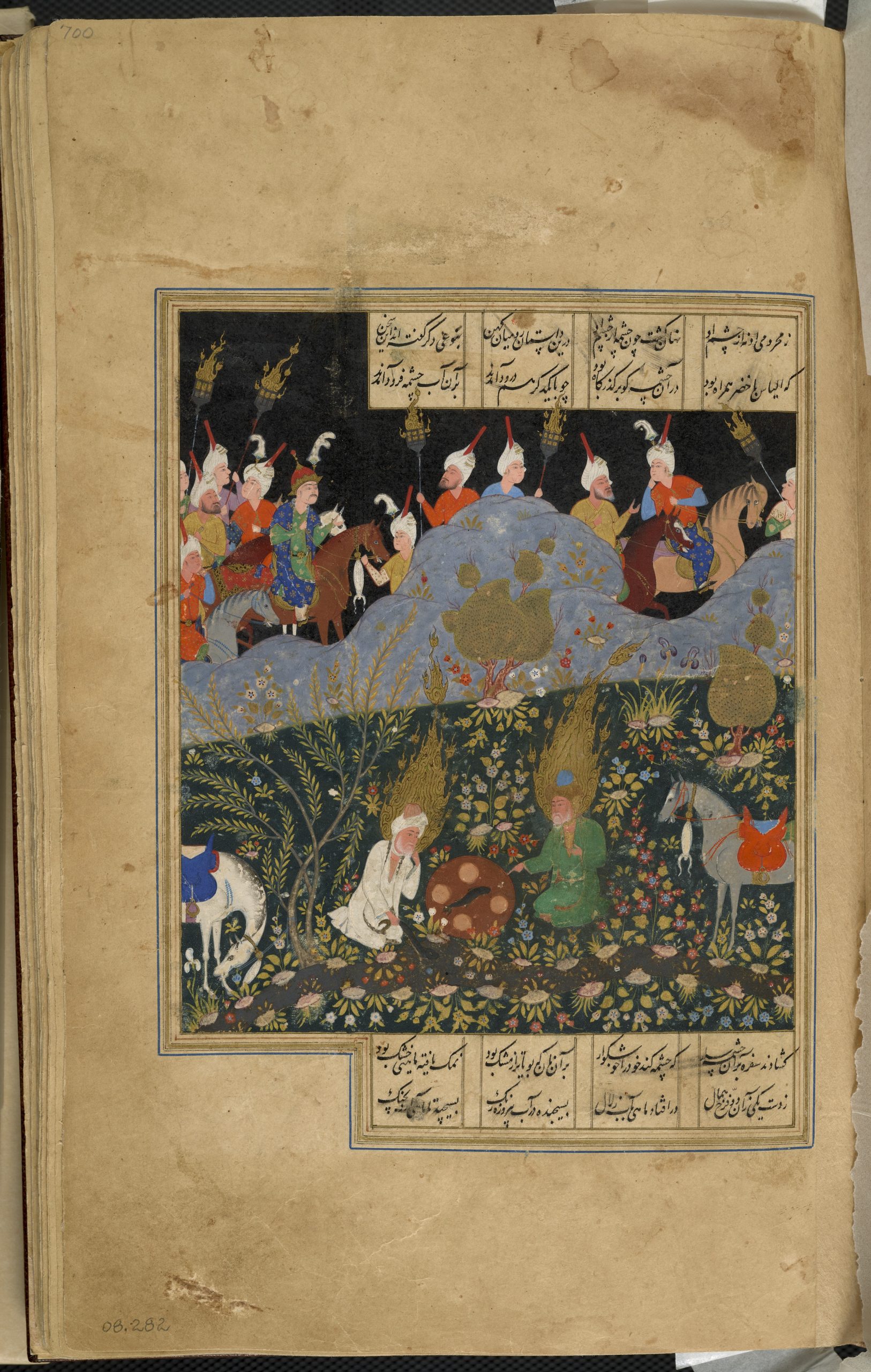
In Buddhism, the colour green is linked to anahata, the fourth chakra aligned with the heart, symbolising compassion and love for oneself and others. Shamanic traditions also attribute green to reinvigorating the spirit.
In the West, there is a darker history to the colour green, as pigments used to create it have been notorious for causing illness and even death due to their arsenic content. Scheele’s Green, developed by Carl Wilhelm Scheele in 1775, is believed to have contributed to the death of Napoleon, as his walls were covered in the toxic shade. Paris Green, widely used between 1867 and amongst the Impressionists, was rumoured to have caused blindness and health issues to painter Claude Monet.
Monet’s palette in Bridge over a Pond of Water Lilies (1899) reflects the diverse shades of green found in nature, though may have come at the cost of his health. Beyond its toxic history, green has also symbolised envy, described by Shakespeare as the ‘green-eyed monster’ in Othello. ‘The Green Hour’ in Paris described the time in the early evening when the green ‘undrinkable drink’ absinthe was drunk. ‘The green goddess’ or ‘green fairy’ in vogue amongst artist bohemians such as Henri Toulouse-Lautrec, made from wormwood leaves, is highly potent, brought to 19th century France by soldiers returning from Algeria. It created visions and dream-like states, and could be detrimental to mental and physical health.
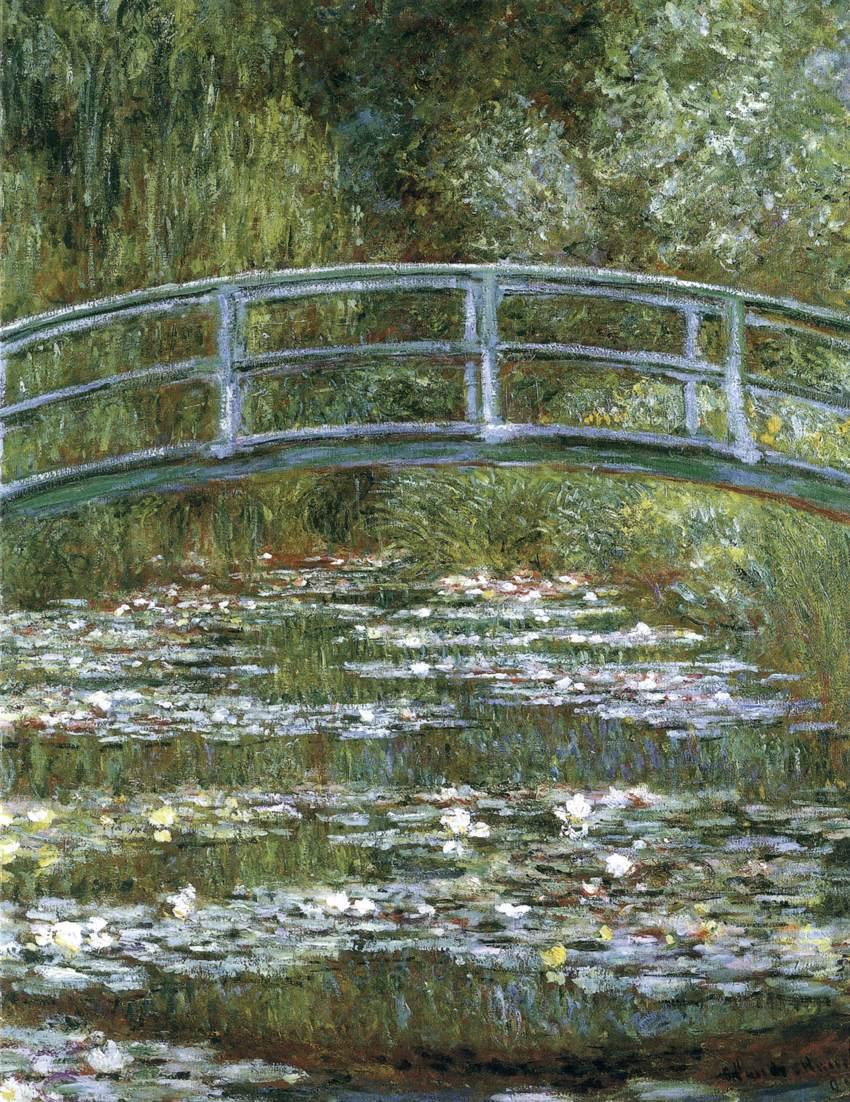
Green Earth, a dull clay pigment found in Italy, was commonly used in Renaissance paintings as a base layer to neutralise warm red and yellow pigments. This technique, known as verdaccio or underpainting, helped create naturalistic skin tones. However, as the warm colours were applied as a glaze over the green layer, the underlying green has gradually shown through over time, often leaving the subjects with a sickly or corpse-like appearance.
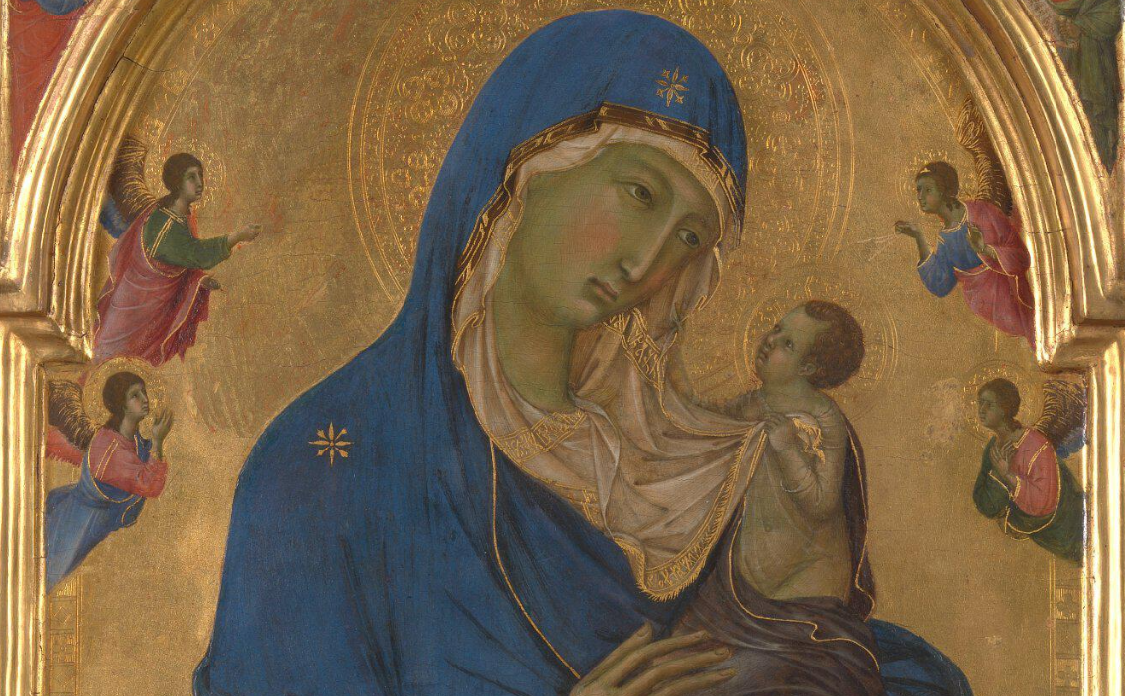
The emerald gemstone, known for its vibrant green colour, has long been associated with mythological qualities and healing powers in ancient Indian texts and Vedic astrology. The emerald’s striking hue can be seen in the work of Salman Toor, who grew up in a conservative household in Lahore and moved to New York to study art. He chose the colour to depict a third space, a space of self; for enhancing the self – describing the colour as ‘glamorous, poisonous, intoxicating and nocturnal’ – whilst also transgressive, and uses it specifically to depict figures in domestic settings, questioning the perceptions of diasporic and queer identities.
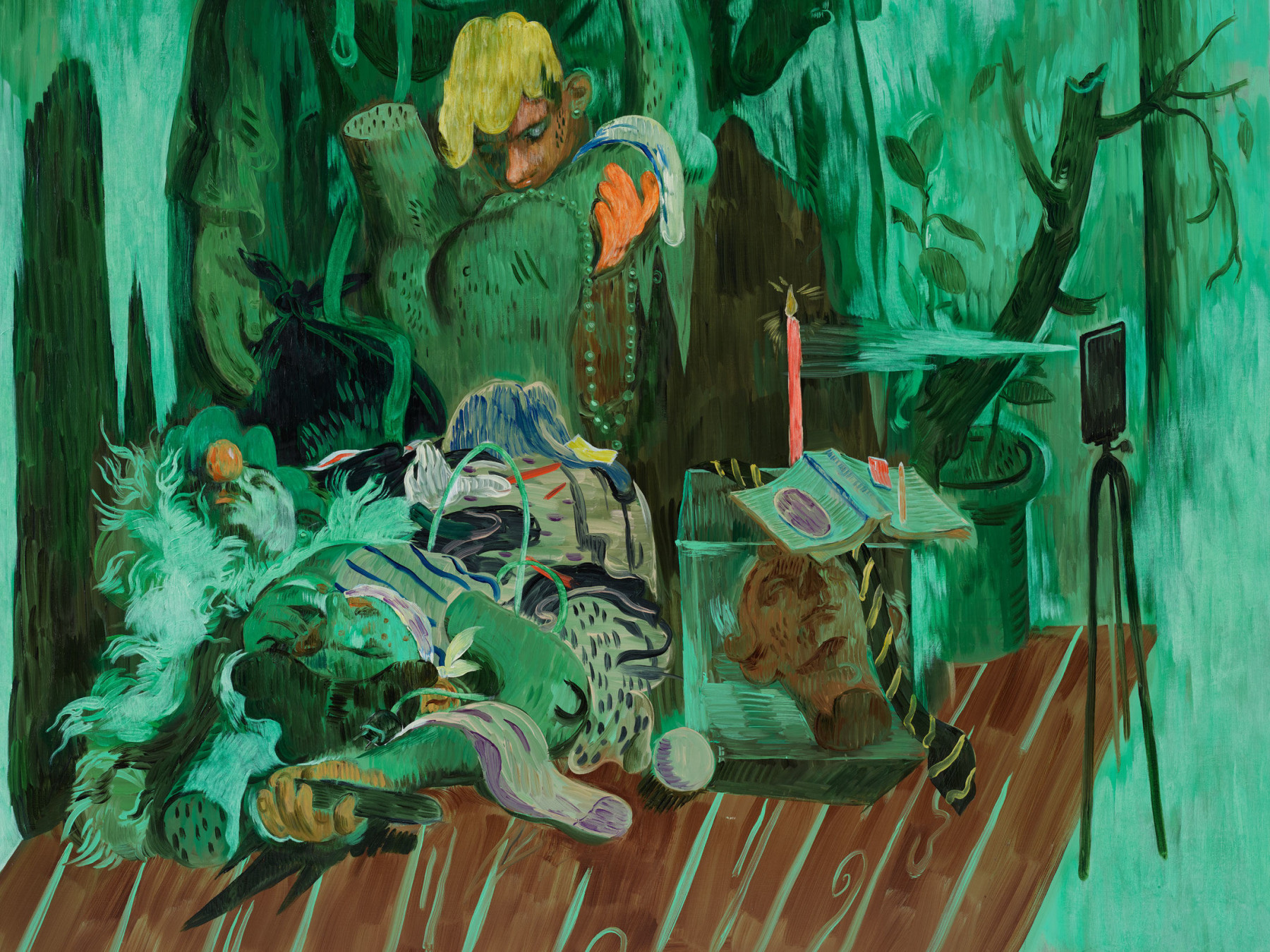
ITERARTE artist Tito Stanley frequently uses green in his idealistic and dreamlike landscapes, intentionally timeless, evergreen and flourishing, which sits at odds with some of his more stark subject matter. The hue is also sometimes used in the figures in his paintings, giving them an other worldly quality.
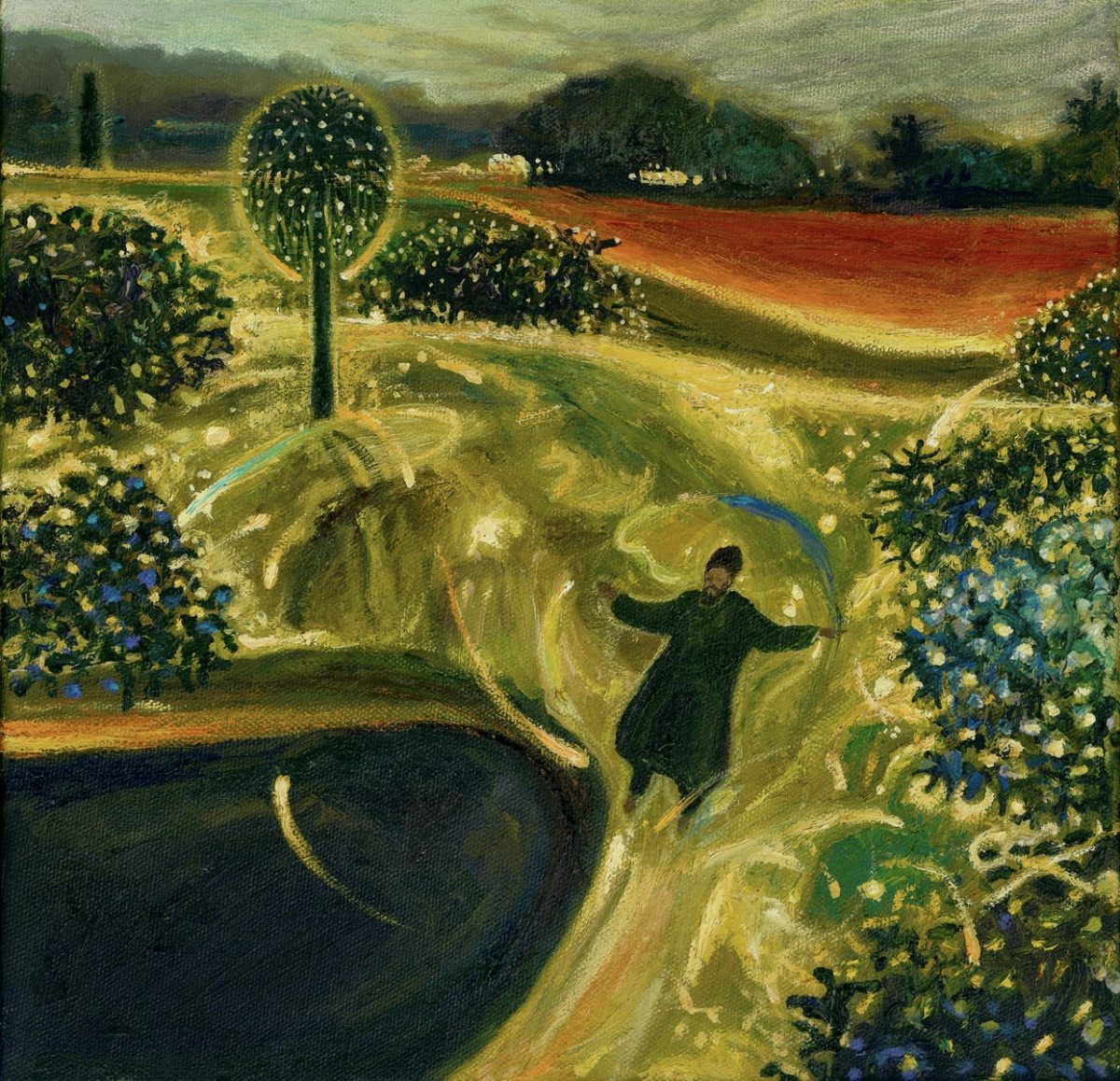
In recent pop culture, a striking shade known as “brat green” has gained popularity, largely due to Charli XCX’s album Brat, which has sparked a global social media trend and even influenced the marketing of Kamala Harris’ presidential campaign in the U.S. Unlike the calming shades of green, this intense, artificially vibrant hue evokes a loud and almost unsettling response - perhaps echoing the toxic associations of green from Napoleon’s death and the sickly tones in Renaissance paintings.
Related Articles
Colour Series Part II: Green

The English word for green comes from the ancient Proto-Indo-European word ghre, meaning "grow". Representative of the natural world due to it being the colour of chlorophyll, the pigment found in plants, it has become a symbol of environmentalism. Artists from ancient times onwards have had to work out ways to create the hue in order to reproduce elements from the natural world, as a secondary colour made by mixing yellow and blue.
The copper mineral, malachite, one of the oldest pigments, has been found in Egyptian tombs dating back to the 4th Dynasty. The god Osiris, associated with fertility, death and the afterlife, was depicted with green skin, infusing the colour with notions of rebirth and regeneration. Green also held a strong association with plants, which just like Osiris, could come back to life after death. The colour was named ‘wadj’ meaning ‘flourish’, and was symbolised by the stalk of the papyrus plant in hieroglyphs. This symbol appeared on amulets placed upon the deceased to ensure eternal youth in the afterlife.


Jade was also thought to provide protection to the dead as well as for other rituals in Neolithic China (5000-1700 BC), due to the belief it held indestructible qualities. It is a typically pale green gemstone but can vary considerably in hue, and was used to make objects such as pendants, beads, and chisels during this era. In Mayan culture, jade was used to ensure a successful harvest.

In Islamic culture they go one step further, green is a signal of the divine, and connected to the Prophet Muhammad. Al-Khidr, known as “The Green One,” is a revered figure in the Quran, often depicted wearing green robes, and is featured in manuscripts of Nizami’s poems. The Arabic word for paradise, jannah, translates to "garden," where green is a dominant image, reflected in the binding of Qurans, national flags, and even architecture.

In Buddhism, the colour green is linked to anahata, the fourth chakra aligned with the heart, symbolising compassion and love for oneself and others. Shamanic traditions also attribute green to reinvigorating the spirit.
In the West, there is a darker history to the colour green, as pigments used to create it have been notorious for causing illness and even death due to their arsenic content. Scheele’s Green, developed by Carl Wilhelm Scheele in 1775, is believed to have contributed to the death of Napoleon, as his walls were covered in the toxic shade. Paris Green, widely used between 1867 and amongst the Impressionists, was rumoured to have caused blindness and health issues to painter Claude Monet.
Monet’s palette in Bridge over a Pond of Water Lilies (1899) reflects the diverse shades of green found in nature, though may have come at the cost of his health. Beyond its toxic history, green has also symbolised envy, described by Shakespeare as the ‘green-eyed monster’ in Othello. ‘The Green Hour’ in Paris described the time in the early evening when the green ‘undrinkable drink’ absinthe was drunk. ‘The green goddess’ or ‘green fairy’ in vogue amongst artist bohemians such as Henri Toulouse-Lautrec, made from wormwood leaves, is highly potent, brought to 19th century France by soldiers returning from Algeria. It created visions and dream-like states, and could be detrimental to mental and physical health.

Green Earth, a dull clay pigment found in Italy, was commonly used in Renaissance paintings as a base layer to neutralise warm red and yellow pigments. This technique, known as verdaccio or underpainting, helped create naturalistic skin tones. However, as the warm colours were applied as a glaze over the green layer, the underlying green has gradually shown through over time, often leaving the subjects with a sickly or corpse-like appearance.

The emerald gemstone, known for its vibrant green colour, has long been associated with mythological qualities and healing powers in ancient Indian texts and Vedic astrology. The emerald’s striking hue can be seen in the work of Salman Toor, who grew up in a conservative household in Lahore and moved to New York to study art. He chose the colour to depict a third space, a space of self; for enhancing the self – describing the colour as ‘glamorous, poisonous, intoxicating and nocturnal’ – whilst also transgressive, and uses it specifically to depict figures in domestic settings, questioning the perceptions of diasporic and queer identities.

ITERARTE artist Tito Stanley frequently uses green in his idealistic and dreamlike landscapes, intentionally timeless, evergreen and flourishing, which sits at odds with some of his more stark subject matter. The hue is also sometimes used in the figures in his paintings, giving them an other worldly quality.

In recent pop culture, a striking shade known as “brat green” has gained popularity, largely due to Charli XCX’s album Brat, which has sparked a global social media trend and even influenced the marketing of Kamala Harris’ presidential campaign in the U.S. Unlike the calming shades of green, this intense, artificially vibrant hue evokes a loud and almost unsettling response - perhaps echoing the toxic associations of green from Napoleon’s death and the sickly tones in Renaissance paintings.
Related Articles
The Magazine
Recent Posts
-

Cultural Diplomacy and Artistic Dialogues: Exploring ‘Beneath the Gaze of the Palms’
Cultural Diplomacy and Artistic Dialogues: Expl... -

The Time is Now: How Artists Respond to the Idea of Time
... -

Cultural Crossroads: Stories of Exchange
... -

Colour Series Part IV: Purple
... -

On Embroidery & Motherhood with Iliodora Margellos
...
WANT TO STAY UPDATED WITH ITERARTE LATEST ACTIVITES AND NEWS?
Sign up to our newsletter to be one of the first people to access our new art, learn all about our latest launches, and receive invites to our exclusive online and offline art events.

